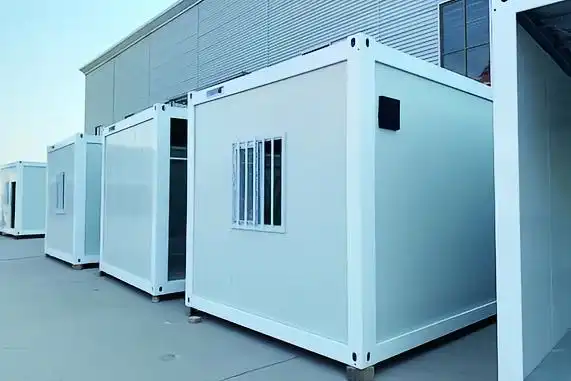Fire resistant thermal insulation panels are an innovative solution for enhancing building safety and energy efficiency. These advanced panels combine superior insulation properties with fire-retardant capabilities, offering a dual benefit for modern construction projects. By providing an effective barrier against heat transfer and fire spread, these panels contribute significantly to building safety and comfort. Understanding their composition, benefits, and application is crucial for architects, builders, and property owners looking to optimize their structures for both safety and energy performance.
The Science Behind Fire Resistant Thermal Insulation Panels
Thermal insulation panels are engineered to minimize heat transfer between the interior and exterior of a building. When enhanced with fire-resistant properties, these panels become a formidable defense against both energy loss and fire hazards. The core of these panels typically consists of materials with low thermal conductivity, such as polyurethane foam or mineral wool, encased in fire-resistant outer layers.
Composition and Materials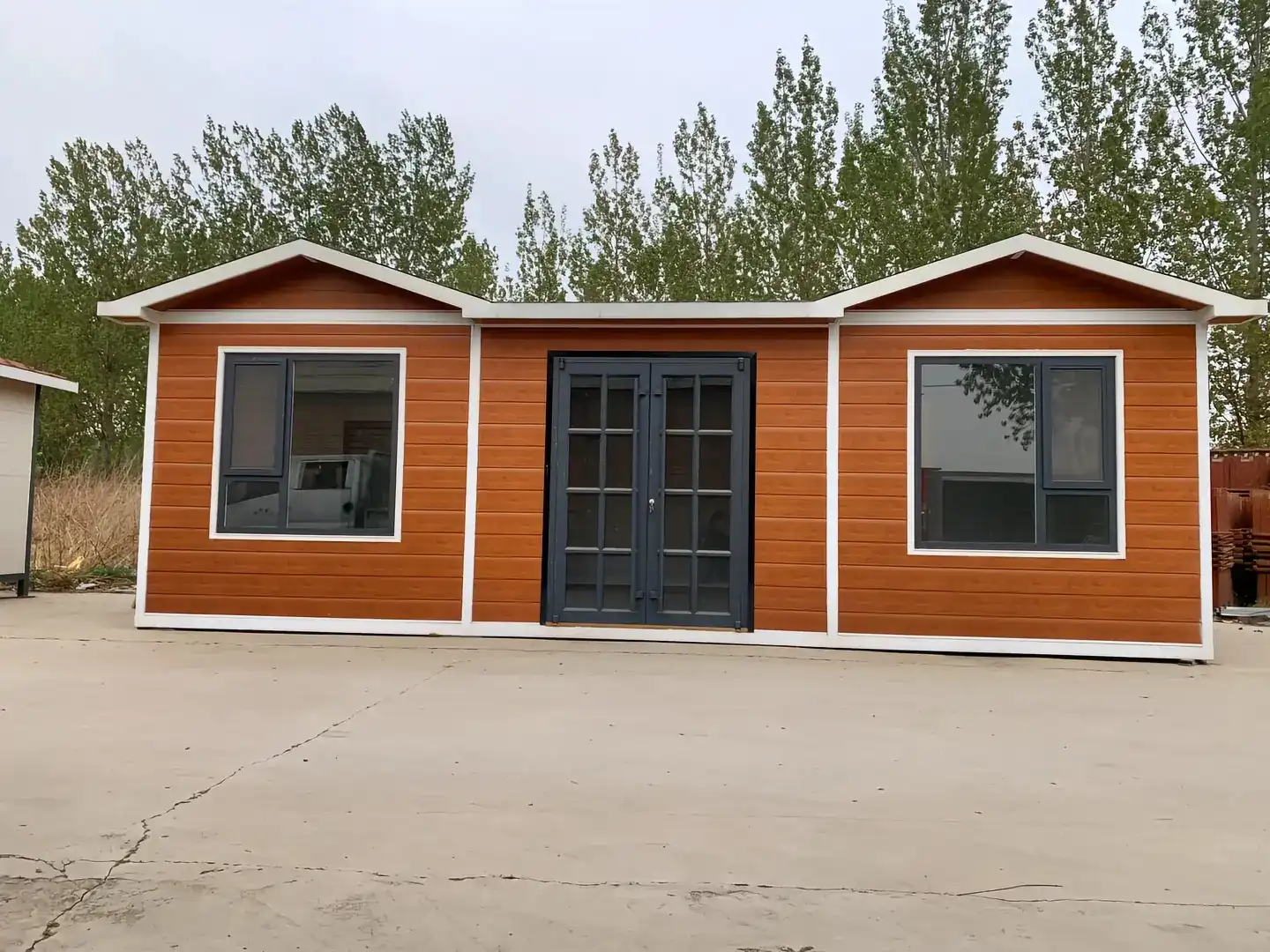
The effectiveness of fire resistant thermal insulation panels lies in their carefully selected materials. The outer layers often comprise steel or aluminum sheets treated with fire-retardant coatings. These coatings contain intumescent compounds that expand when exposed to high temperatures, creating a protective char layer. The core material, crucial for insulation, is chosen for its fire-resistant properties as well as its insulating capabilities.
Fire Protection Mechanisms
Fire resistant thermal insulation panels employ multiple mechanisms to combat fire spread:
1. Thermal barrier: The insulation core slows heat transfer, preventing rapid temperature increase on the unexposed side.
2. Char formation: Fire-retardant coatings create a char layer that inhibits flame propagation.
3. Structural integrity: High-quality panels maintain their form under fire conditions, preserving the building's structure for longer periods.
Thermal Performance
Beyond fire resistance, these panels excel in thermal insulation. With a thermal conductivity as low as 0.018 W/m·K and a thermal resistance of 2.09 m²·K/W, they significantly reduce heat transfer. This superior thermal performance helps maintain stable indoor temperatures, enhances occupant comfort throughout the year, and translates into improved energy efficiency and substantial cost savings on heating and cooling.
Benefits and Applications of Fire Resistant Thermal Insulation Panels
The adoption of fire resistant thermal insulation panels offers numerous advantages across various construction sectors. Their versatility and performance make them an attractive option for both new builds and renovations.
Enhanced Safety Standards
With a fire protection rating of B1/B2, these panels significantly enhance building safety. They provide crucial minutes for evacuation and firefighting efforts in the event of a fire, helping to protect lives and valuable assets. This improved safety profile is particularly valuable in high-risk environments such as industrial facilities, commercial kitchens, and high-rise buildings, where the consequences of rapid fire spread could be especially severe and costly.
Energy Efficiency and Cost Savings
The superior insulation properties of these panels contribute to substantial energy savings by effectively limiting heat transfer through walls and roofs. By maintaining a stable indoor temperature throughout the year, they reduce the load on HVAC systems, leading to lower energy consumption and operational costs. Over time, this can result in significant financial benefits for building owners and occupants, while also supporting sustainability goals and improving energy performance ratings.
Durability and Weather Resistance
Fire resistant thermal insulation panels are designed to withstand harsh environmental conditions and perform reliably over many years. With a waterproof rate of 0.0008 and wind resistance of 8.0 kPa, they offer excellent protection against moisture ingress and high winds. This durability ensures long-term performance, reduces maintenance requirements, and helps protect the building structure from weather-related damage, ultimately extending its service life.
Installation and Maintenance of Fire Resistant Thermal Insulation Panels
Proper installation and maintenance are crucial for maximizing the benefits of fire resistant thermal insulation panels. Understanding the installation process and maintenance requirements ensures optimal performance and longevity.
Installation Process
The installation of thermal insulation panels requires precision and expertise. Here's an overview of the process:
1. Surface preparation: Ensure the substrate is clean, dry, and free from debris.
2. Layout planning: Carefully plan panel placement to optimize coverage and minimize waste.
3. Cutting: Use appropriate tools to cut panels to size, following safety guidelines.
4. Attachment: Secure panels using mechanical fasteners or adhesives, as per manufacturer specifications.
5. Sealing: Apply high-quality sealant to joints and edges to prevent moisture infiltration.
Maintenance Requirements
While fire resistant thermal insulation panels are designed for longevity, regular maintenance ensures their continued effectiveness:
1. Periodic inspections: Check for any signs of damage, particularly after extreme weather events.
2. Cleaning: Gently clean panel surfaces to remove dirt and debris, following manufacturer guidelines.
3. Joint maintenance: Ensure seals and joints remain intact to prevent moisture ingress.
4. Repair: Promptly address any damage to maintain fire resistance and insulation properties.
Performance Monitoring
Regular assessment of panel performance helps identify any issues early:
1. Thermal imaging: Use infrared cameras to detect any insulation breaches.
2. Energy audits: Conduct periodic energy audits to ensure continued efficiency.
3. Fire safety inspections: Include panels in regular fire safety assessments to verify their ongoing fire-resistant properties.
Conclusion
Fire resistant thermal insulation panels represent a significant advancement in building technology, offering a powerful combination of safety, energy efficiency, and durability. Their ability to resist fire while providing superior insulation makes them an invaluable asset in modern construction. As building codes become increasingly stringent and energy efficiency gains importance, these panels are poised to play a crucial role in shaping the future of sustainable and safe building practices.
For those looking to enhance their building's safety and efficiency, fire resistant thermal insulation panels offer a compelling solution worth serious consideration. For more information on fire resistant thermal insulation panels and other exterior cladding solutions, please contact us at info@sdqsc.com. Our team of experts is ready to assist you in finding the perfect solution for your building needs.
References
1.National Fire Protection Association. (2021). NFPA 285: Standard Fire Test Method for Evaluation of Fire Propagation Characteristics of Exterior Wall Assemblies Containing Combustible Components.
2.International Code Council. (2021). International Building Code.
3.U.S. Department of Energy. (2022). Energy Efficiency and Renewable Energy: Building Envelope.
4.European Committee for Standardization. (2019). EN 13501-1: Fire classification of construction products and building elements.
5.American Society for Testing and Materials. (2020). ASTM E84: Standard Test Method for Surface Burning Characteristics of Building Materials.

.jpg改.webp)
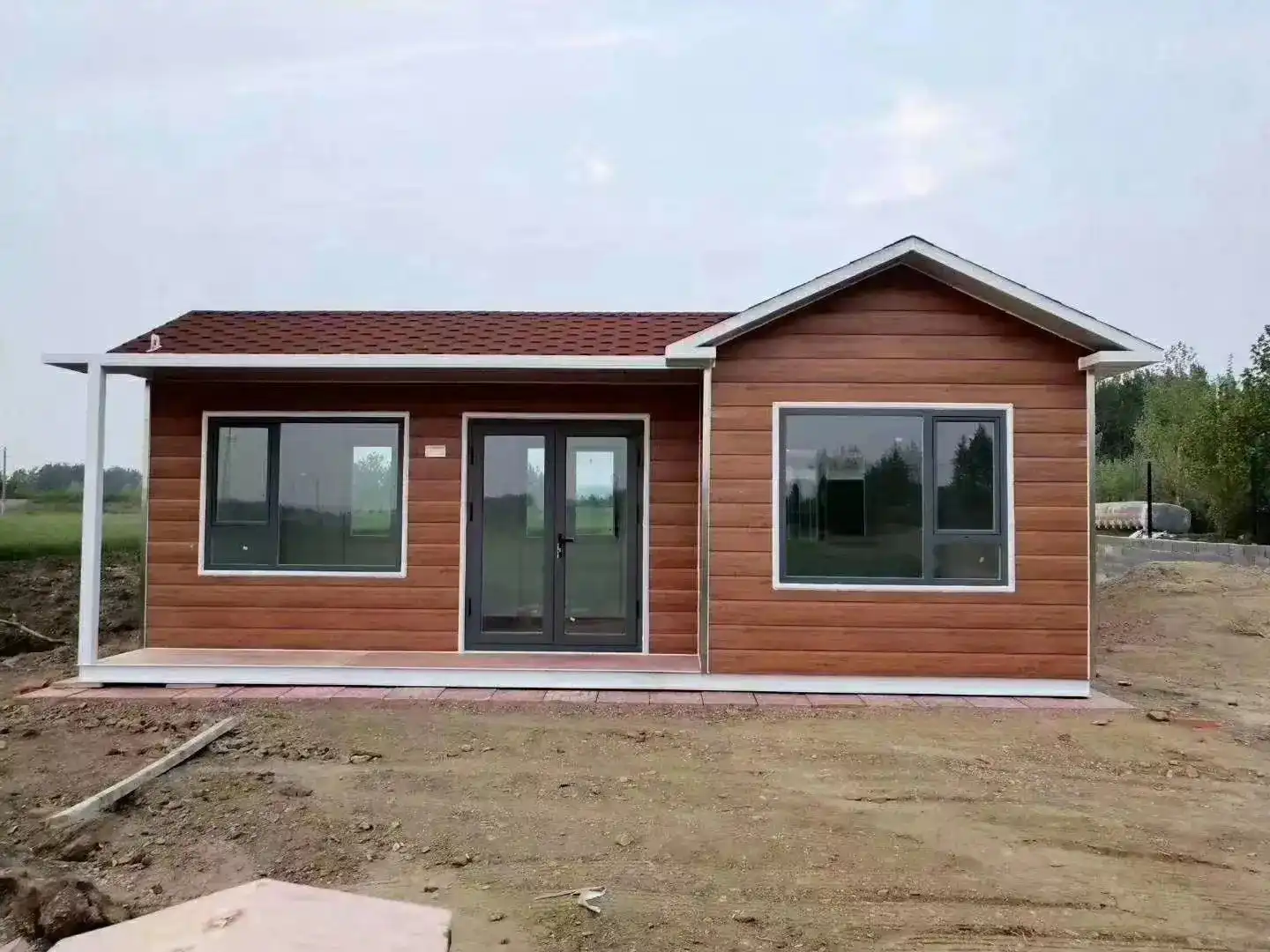

.jpg哈啊哈.webp)

.jpg改.webp)
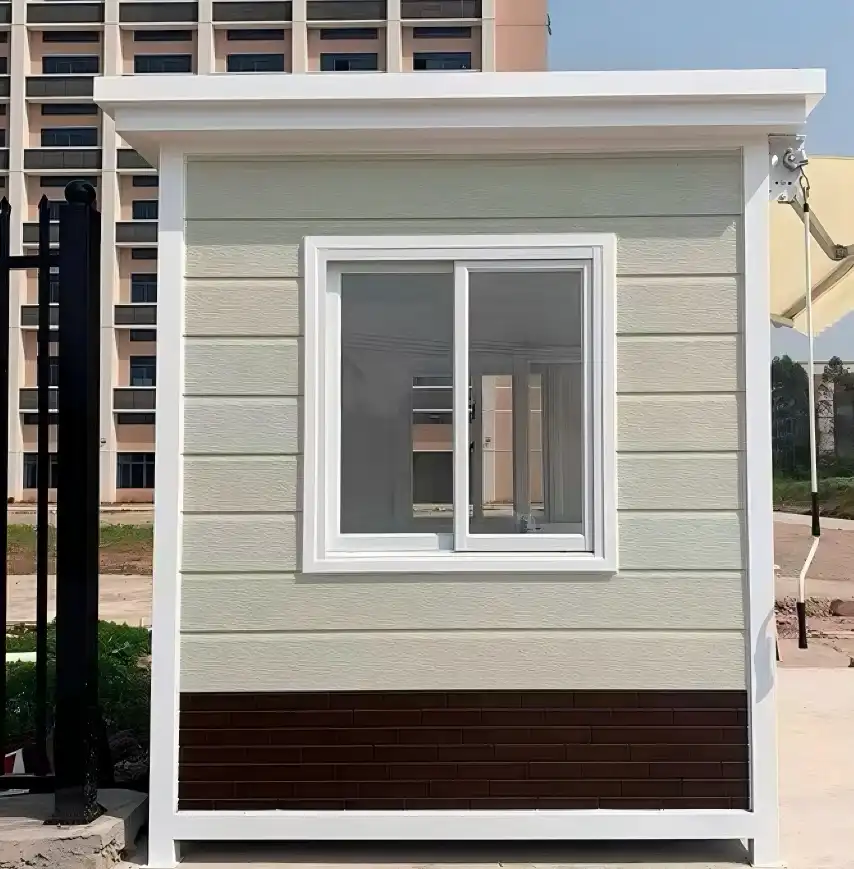
.jpg高.webp)

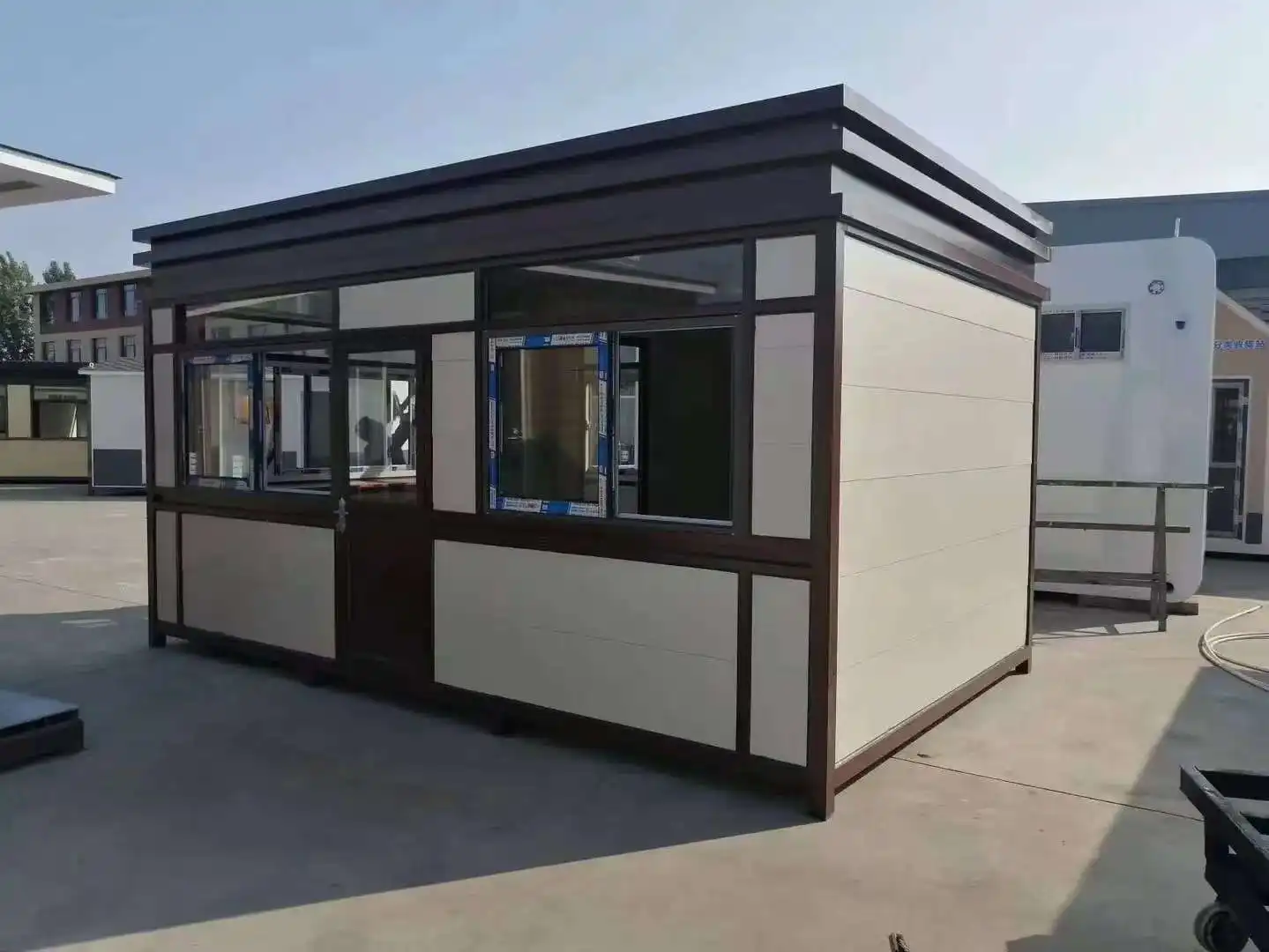

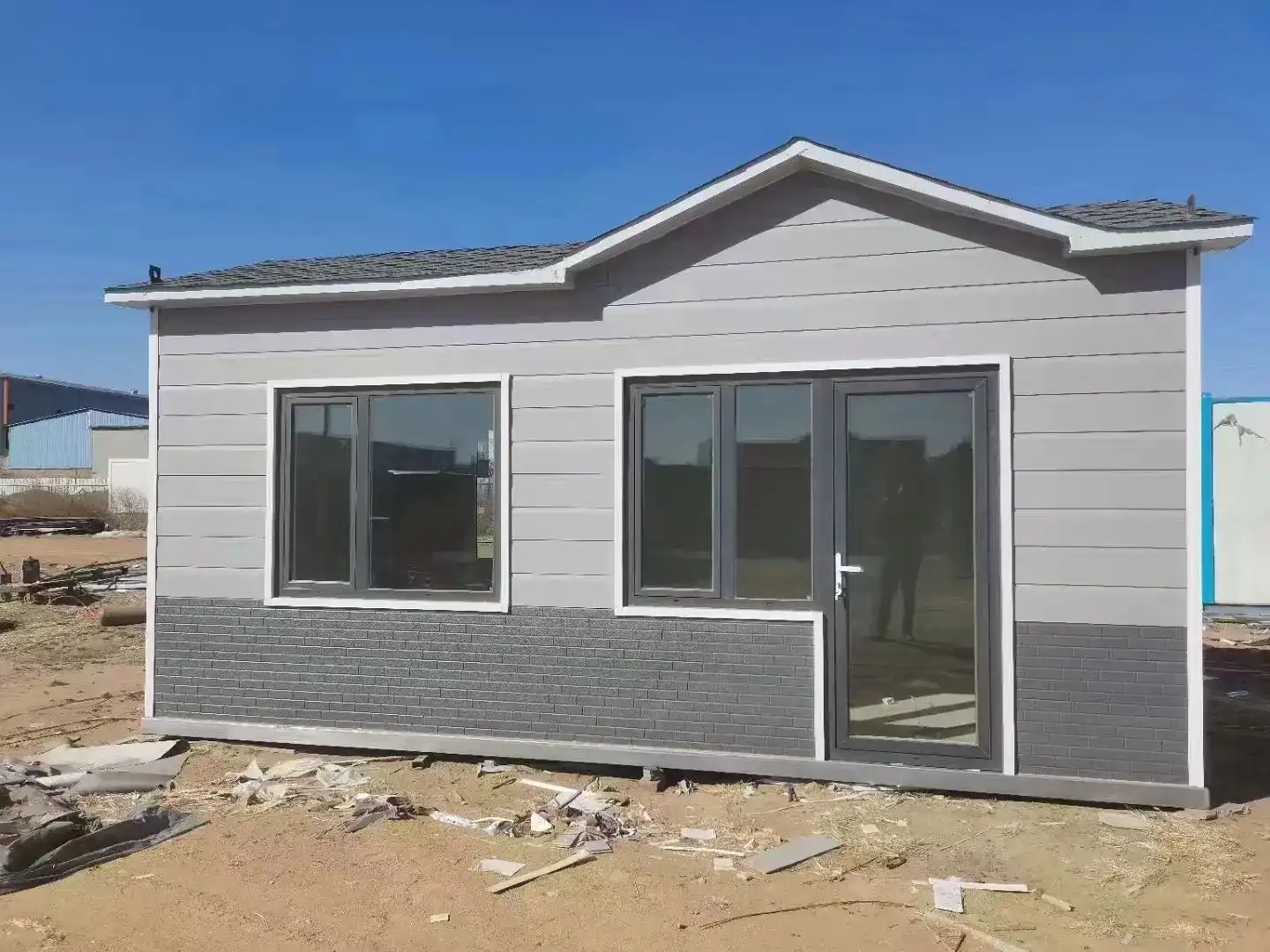

.jpg哈啊哈.webp)

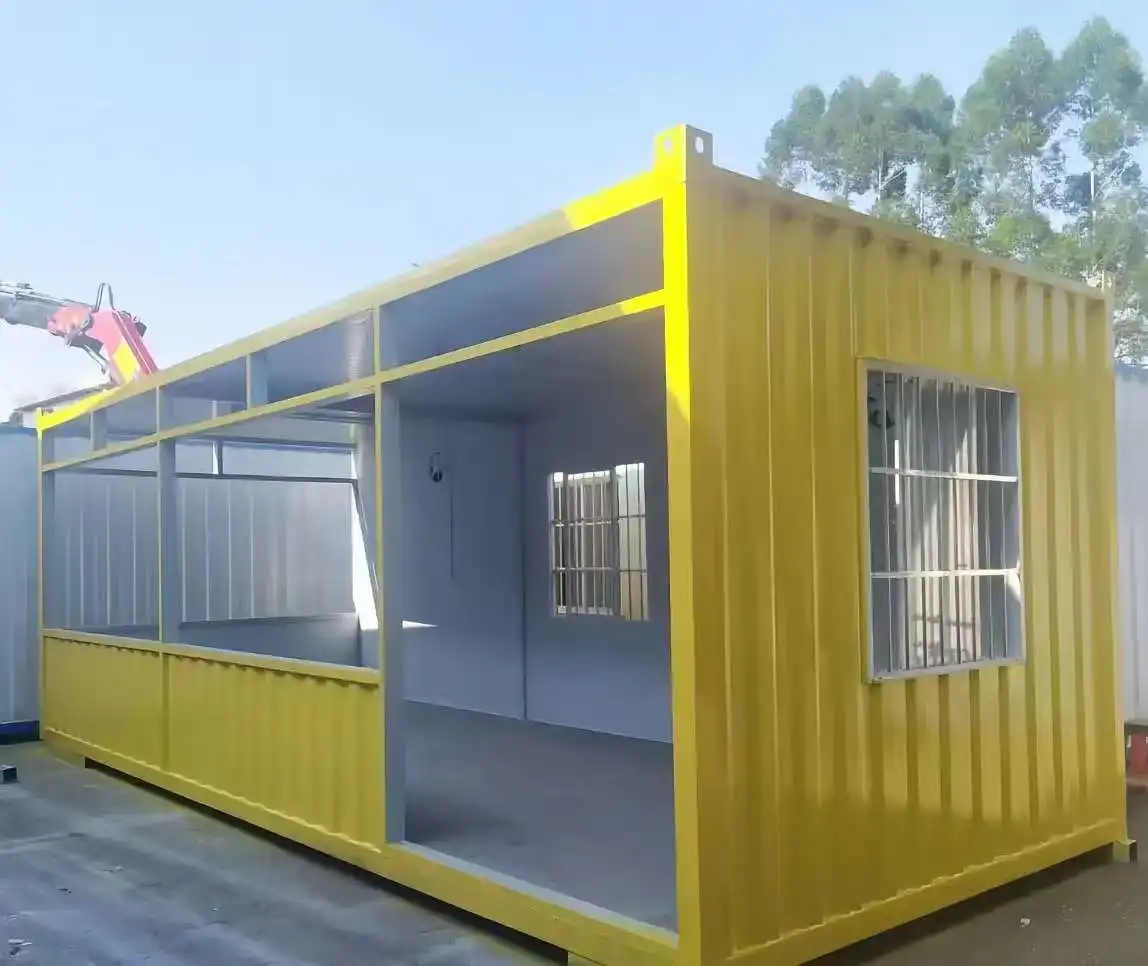

.jpg改.webp)

.jpg改.webp)

